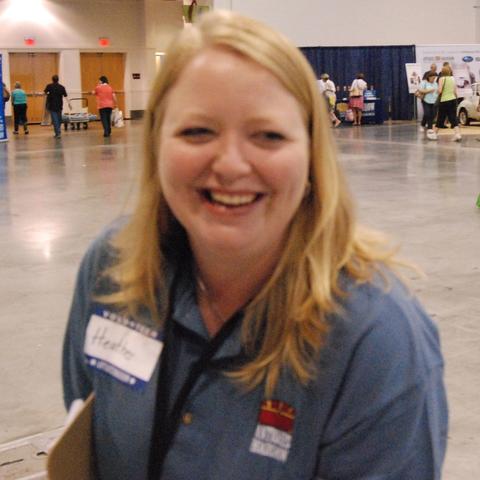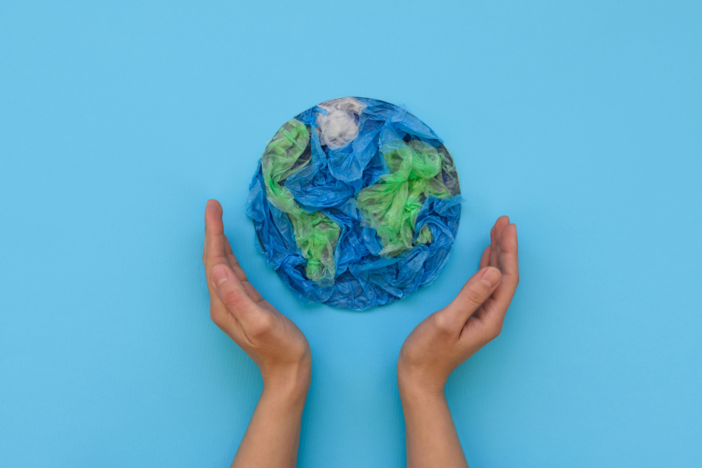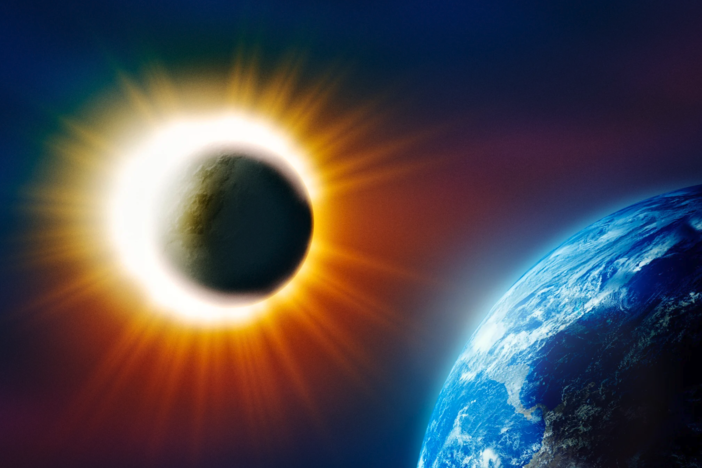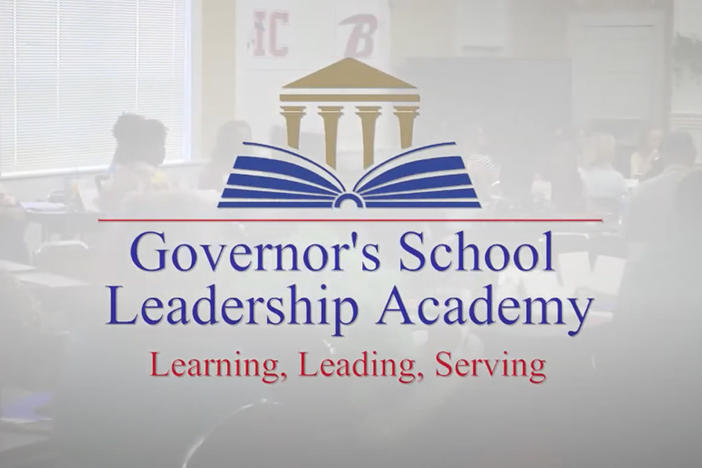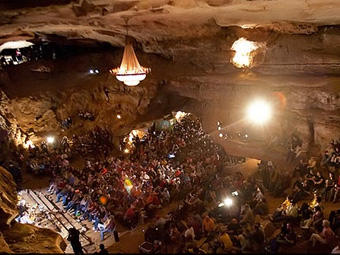
WATCH LIVE | The 2024 Georgia High School Music Theatre Awards At 8 P.M.
Section Branding
Header Content
Arts Content for Integrated Learning
Primary Content

In today’s educational climate, it seems that all things must be tied directly to STEM, Science, Technology, Engineering, and Math. Strictly speaking, that neglects an array of other topics like language, history, social science, art - the list goes on. However, remembering that STEM is included in all of those other subjects can help increase connections between subjects, improving student retention and application of information.
In art, critical thinking skills are essential to process information and resources and then manipulate those items to convey an idea or emotion. In STEM fields, creative virtues of the arts are essential to assess information and then apply it to potential interpretations. Students need a balance of rules and creativity to fully exercise the information they’re receiving inside the classroom.
The financial strains many school districts are enduring have meant a cut to programming, in many cases arts and foreign language. That means that students are missing a crucial element of their educational experience OR that classroom teachers have to add in arts content into an already crowded academic calendar.
PBS Arts has content for dance, theatre, visual art, film, music, and writing that can be incorporated into other academic courses, whether or not your school is among those without an art instructor. Ask students to look for patterns in art and music. Use music as a historical timeline. Think of the transitions of music in America in the last hundred years alone and its relationship to what was going on socially and politically during that course.
Using the arts, we can further student understanding and application, and, with any luck, more thoroughly engage them in learning.
If you’re looking for more arts content, check out GPB’s resource page on poetry and episodes of Georgia Traveler like #512, exploring the architectural and artistic design of Gibbs Gardens.
Secondary Content
Bottom Content


